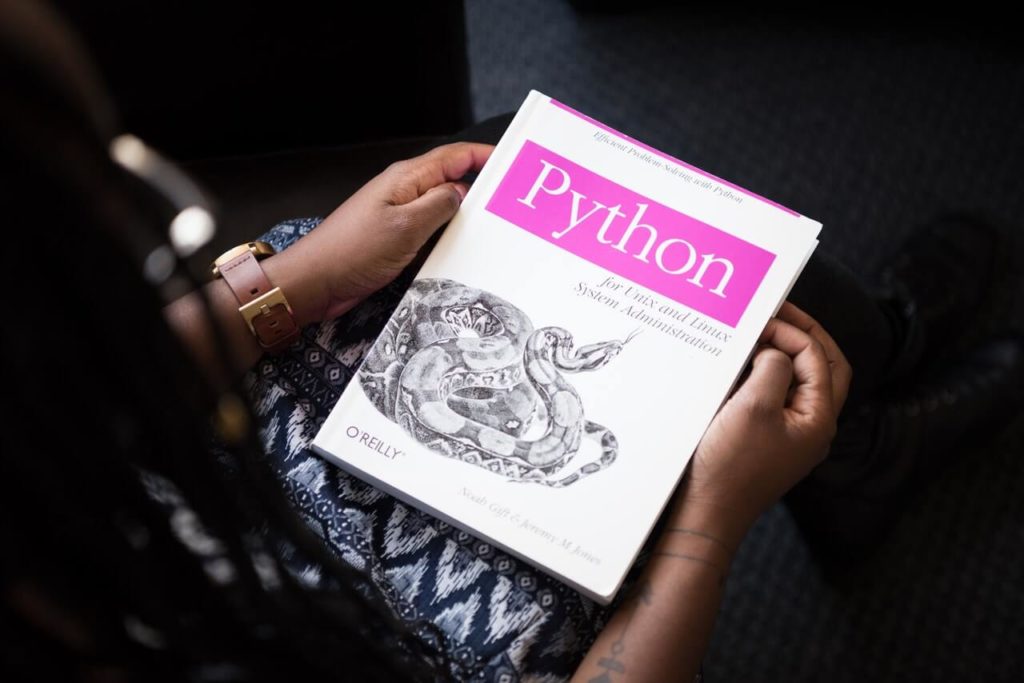Python can be a complex programming language if you’re unfamiliar with how it works. Often, users struggle when they encounter a new exception or particular class of exception. One such exception class is known as “KeyError.” The KeyError exception class is commonly encountered by beginners.
Knowing what causes the KeyError exception is just as important as knowing the solutions. Preventing this exception class from stopping your program or hampering your user code is critical to your growth as a Python programmer.
KeyError Basics
If you’ve ever received this error message, you’ve likely tugged at your hair trying to figure out the root cause. This exception class is a LookupError and often occurs when you’re trying to retrieve the associated value of a key you’re looking for. When you try to access a key that isn’t present in the user code (your dictionary or dict), the error message pops up. To find its root cause, you need to look at the traceback to gather the necessary information. The traceback will tell you both that a KeyError has been raised and usually which key couldn’t be found.
If you’re not familiar with the KeyError Python traceback, now’s a good time to practice. When exceptions are raised in this language, the traceback is typically your go-to for diagnosing the problem. If you’re adept at reading the Python traceback, it becomes much easier to determine the root cause of any code issues or problems with a default value or interpreter. When you’re more familiar, you’re even able to see which lines caused the exceptions to occur. This can save you a great deal of time and frustration when parsing your code for errors.
While most KeyError issues crop up because the associated value keys aren’t present in a dictionary or dictionary subclass. However, there are rare cases when this exception happens in the zip file module. In these cases, it looks different because the line that spurred the error isn’t necessarily in your code but the zip file code.
Handling KeyError in Your Code
If you’re experiencing this error message, there are a few steps you can take to remedy the issue. If the cause is a failed dictionary lookup, .get() is one of the more common solutions. By using .get() you can return the values found at specified keys or default values. Often, this means that when a key isn’t present in the dictionary, you’ll receive a “none” value as opposed to a KeyError. You can even determine a different default value by passing a second argument in your .get() recent call.
Of course, if the common solution was the only one, there would be fewer issues with Python programming. There are rare conditions where you’ll need to check for keys manually. Sometimes, .get() will not provide you with the correct information. You’ll need to rely on the operator to provide you a boolean value determining whether or not there is a key present in a dictionary. In this case, you’re looking for whether or not the key even exists in your dictionary as opposed to the key’s value in the dictionary.
Lastly, the try-except block can be used for any exceptions you encounter but this is a more general method and won’t always put you on the path to stronger troubleshooting.
Learning Exception Resolution
Now that you know some of the common causes and solutions of the KeyError exception, you’re better-equipped to navigate these errors as they occur. Often, this starts with knowing how to navigate a traceback and interpret the information it provides. This will help your programs perform more consistently and allow you to predict how your code will operate when it’s executed.




